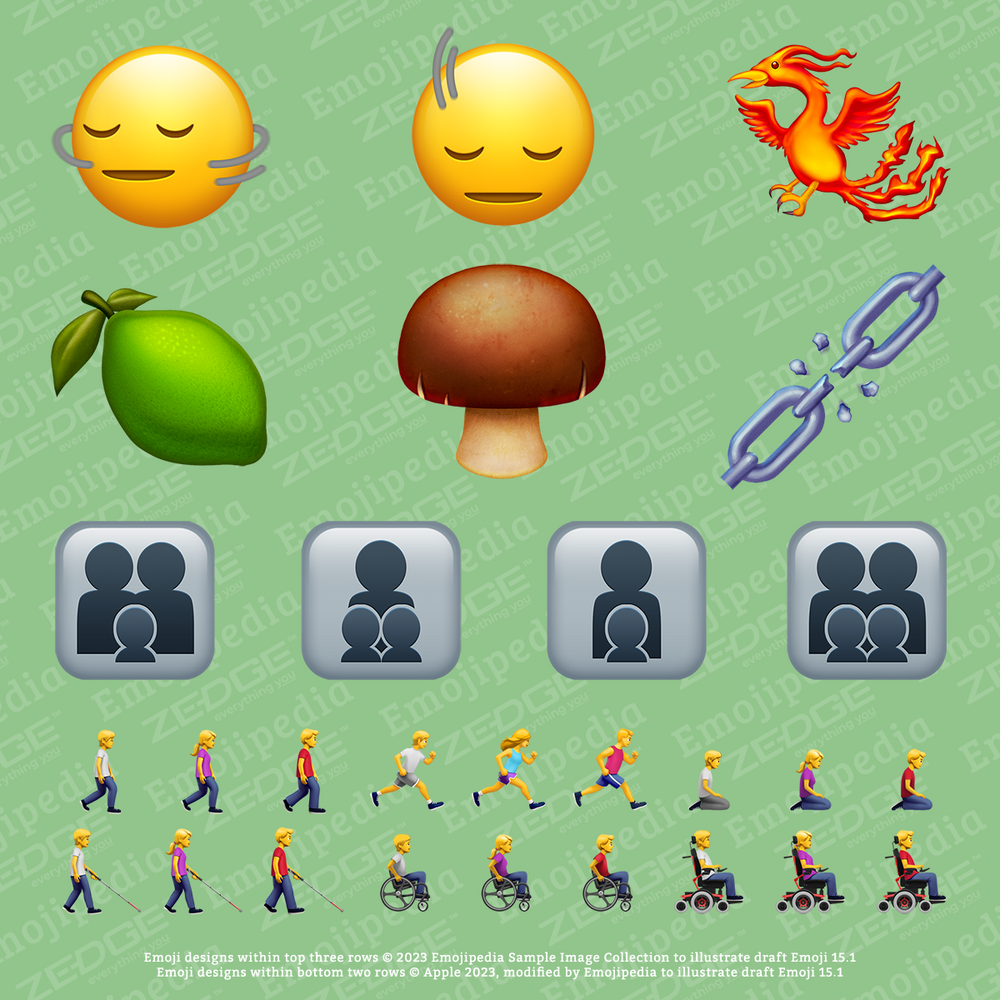Emojis are most often used to add levity to our exchanges, with Adobe finding that 73% of Americans believe that adding emoji to your messages makes you “cooler, friendlier and funnier.”
However, we also use emojis to express empathy, convey tone and enhance the overall emotional context of a message. In professional communications, emojis are used to add a friendly or approachable touch. However, there is an intricate world of emoji etiquette and emoji interpretations vary internationally, especially within the workplace.
In 2023, app creation company F4S surveyed over 2,000 people from 94 countries, and found that emojis are a winner in the workplace: 88% of respondents use emojis, with 45% using them at work each day. Only 2% of people don’t use them at all.
Our personality affects our emoji use
The study also revealed that different personality types use emojis differently.
- Fast-paced,“Tech-loving, early adopters” are more likely to embrace emojis.
- Individuals who like tools, structure, taking the initiative, who see themselves as ‘pioneering’ or as long-term thinkers see emojis as dynamic tools for organising their work and responding swiftly to messages.
- On the other hand, individuals who prefer attention to detail and have a high focus on place and context (such as architects and designers), are the least likely to use emojis.
Emojis impact can improve connection and collaboration at work
Across the world emojis emerge as powerful tools for connection and collaboration. In terms of format, 67% of Baby Boomers (aged 57-75) like emojis in emails, while Gen Z (aged 8-23) prefer them in texts and messages. In teams, managers use emojis to show support and praise – mostly 🙏👏 – while team members and interns opt for more expressive or responsive emojis – ❤️😁.
Which countries use the most emojis?
Out of 94 countries surveyed in 2022, Australia emerged as the top emoji user at work. The USA ranks fifth globally, with South Africa leading as the biggest daily user, followed closely by Australia, New Zealand, the Philippines, and the USA. The international breakdown of preferred emojis reveals intriguing patterns across continents:
- Africa: 🥲, symbolising shedding happy tears, is popular in 38 out of 50 African countries. National flags are tweeted ten times more frequently than any other emoji, with Algeria, Somalia, and Tunisia frequently using ❤️ to express love for football teams or scenery,
- Asia and Oceania: Japan stands out with geographically relevant emojis like 👹 and 🍡. The ✨ emoji is popular, signifying "shiny newness" and employed to enhance sarcastic or insulting remarks.
- Europe: Flags dominate tweets in 19 out of 51 European countries. Apart from flags, ❤️ and 😂 are widely used, but younger generations prefer 💀 or ⚰️ for "I'm dying of laughter."
- Middle East and Central Asia: The 📌 emoji is used to symbolise a journey from good intentions to personal failure. Kuwait favours the 📍 emoji to indicate locations, while under Saudi Arabia law, sending ❤️ could be considered a "harassment violation," subject to imprisonment and hefty fines. 🤍 is the most popular local emoji.
- North America: 😂 is commonly used for laughter and self-deprecation, and in Nicaragua ❤️ is the most frequently used emoji.
- South America: Guyana and Bolivia lead in tweeting national flag emojis. Chile and Paraguay prefer 😂 for tears of joy, and ❤️ is the most popular emoji in South America, ranking second globally.
Inclusive emojis are on the rise… but we’re not there yet
Similar to language, the array of emojis is evolving, mirroring societal shifts. As our society strives for greater inclusivity, emojis are adapting in kind. Currently two out of five Americans feel like emojis don't really represent them. And, around 37% of people who use emojis and have disabilities want to see more emojis with things like wheelchairs or canes. Even though there's this demand, the new emojis for 2023 mostly include a shaking face, animals, a fan and a piece of ginger. 'Pregnant man' and 'pregnant person' were added in 2022, but there's still a way to go in making emojis more inclusive.

Conclusion
Emojis offer valuable insights into how colleagues perceive and express themselves at work. It's crucial to acknowledge and respect cultural differences, such as the severe consequences of sending a red heart emoji in Saudi Arabia. As workplaces become more diverse and interconnected globally, understanding the nuances of emoji usage becomes essential for effective cross-cultural communication.
Emojis, as a universal language, connect us across borders, but unravelling their meaning requires a genuine appreciation for the diverse cultures within our workplaces.






